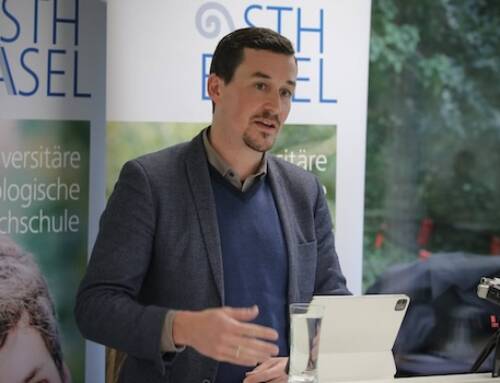Eastern Partnership & Russia

The Right to a Fair Trial in Ukraine
In 2019, the International Society for Human Rights continued to monitor observation of the right to a fair trial in Ukraine. Since July, this work has been carried out as part of the project “Strengthening the rule of law in Ukraine” of the Ministry of Economic Development and Cooperation of the Federal Republic of Germany.
Over the past year, we have managed to significantly increase the amount of work. For the third year in a row, the number of reports prepared by the ISHR has been increasing. In 2019, 114 court monitoring reports were published. For the second year in a row, the number of observed litigations is doubled (2017 – 9 trials, 2018 – 18 trials, 2019 – 42 trials).
 As positive result we consider not only “quantitative indicators” for monitoring court cases, but also new opportunities arising from the project “Strengthening the rule of law in Ukraine”. First of all, it is about working meetings with judges, lawyers, prosecutors and other representatives of target groups. For the first half of the project year, from July to December 2019, we held seven round tables in six regions of Ukraine (Kiev, Kharkov, Poltava, Zaporozhye, Zhytomyr, Lvov), on which we acquainted representatives of the local legal community with our work and plans for the future, discussed the problems faced by the judicial system. In total, these events covered 129 participants, including 26 judges and representatives of the judicial administration, 34 attorneys, 12 journalists, as well as representatives of the prosecutor’s office, the OSCE, local authorities and the public.
As positive result we consider not only “quantitative indicators” for monitoring court cases, but also new opportunities arising from the project “Strengthening the rule of law in Ukraine”. First of all, it is about working meetings with judges, lawyers, prosecutors and other representatives of target groups. For the first half of the project year, from July to December 2019, we held seven round tables in six regions of Ukraine (Kiev, Kharkov, Poltava, Zaporozhye, Zhytomyr, Lvov), on which we acquainted representatives of the local legal community with our work and plans for the future, discussed the problems faced by the judicial system. In total, these events covered 129 participants, including 26 judges and representatives of the judicial administration, 34 attorneys, 12 journalists, as well as representatives of the prosecutor’s office, the OSCE, local authorities and the public.
In 2020 and 2021, another 14 events are planned within the framework of the project, including two international conferences at which the results of our work for 2019 and 2020 will be presented. Strengthening interaction with representatives of the courts, the bar and the prosecutor’s office remains as an important task.
Monitoring, as a type of advocacy, helps to increase the transparency of the judicial process and is a means of observing the right to an open trial. During the monitoring period, we have repeatedly seen that the presence of observers encourages the courts to improve compliance with guarantees of a fair trial and build confidence in the proceedings. Litigation monitoring, carried out in the form of a long-term program, is becoming a unique diagnostic tool for the operation of key components of the justice system. This is especially relevant during the period of judicial reform in Ukraine. In addition, according to OSCE experts, trial monitoring programs are also an effective mechanism for training and involving lawyers and organizations in the process of reforming justice systems.
As in 2017 and 2018, observers at court hearings remain the main form of monitoring conducted by the ISHR (the total time spent by the ISHR observers in the courts in 2019 exceeds 260 hours or 33 full working days) and the publication of court hearing reports. The ISHR experts actively interacted with representatives of the bar and the court, exchanged information during working meetings and attending court hearings. When preparing our materials, we try to rely on official documents (court decisions, petitions of the parties, etc.) provided by the parties of the trial. An important part of this activity is communication with the defendants and their relatives. Monitoring materials are regularly published on the ISHR Internet resources, distributed among politicians and public figures of the EU countries, Ukrainian, European and American lawyers and human rights defenders, representatives of the OSCE monitoring mission in Ukraine and other interested parties.
In the annual report, we will once again try to highlight the main negative trends in the field of human rights violations identified in the monitoring process and qualify them based on sources of international human rights law – primarily the European Convention and the ECtHR case law, and also analyze the statistical information collected during the monitoring and compare the data with the information for 2018.
The report consists of three parts: the first part – consideration of negative trends identified in the field of legal proceedings, the second part – analysis of the collected statistical data and the third part – reports on monitoring the court hearings, which served as a source in the preparation of the report itself.





